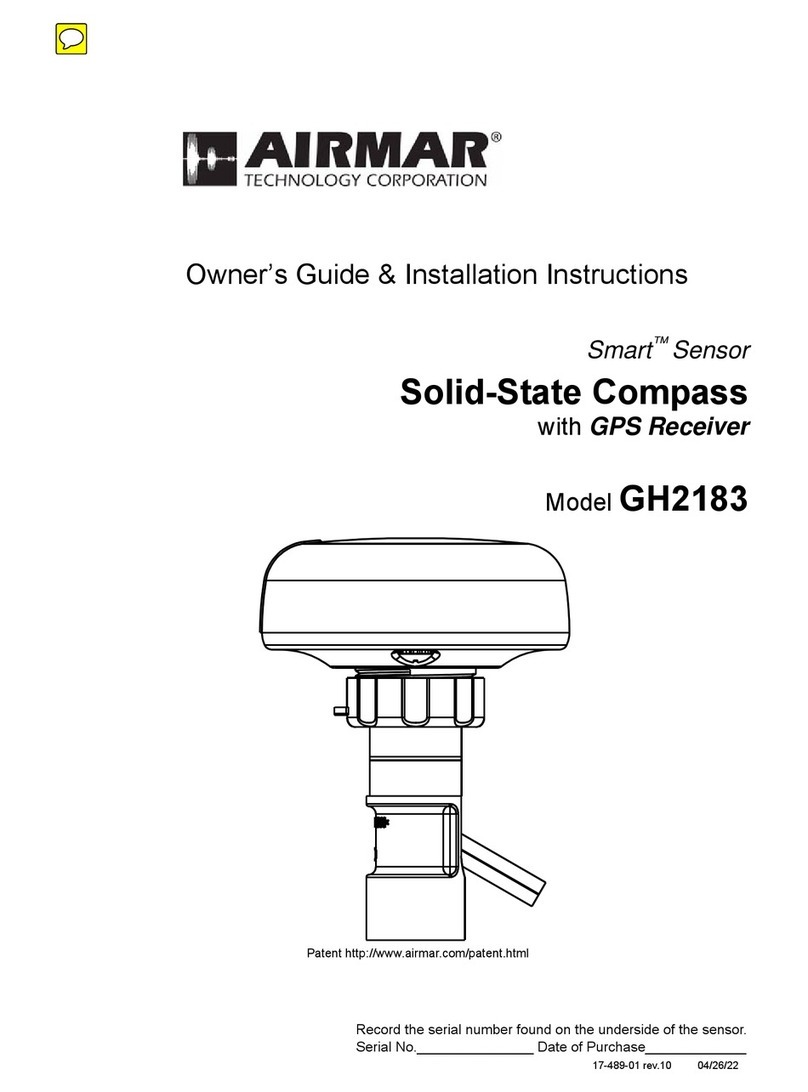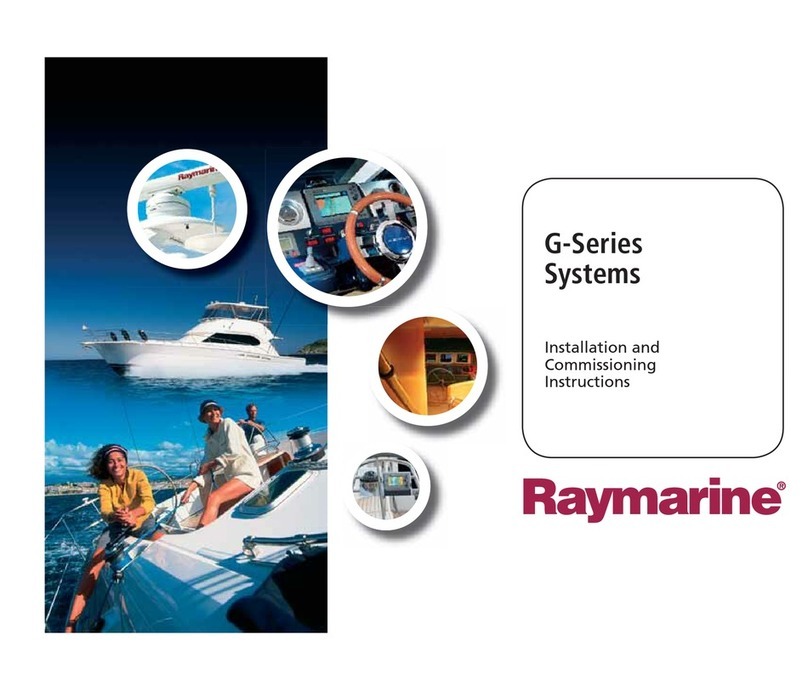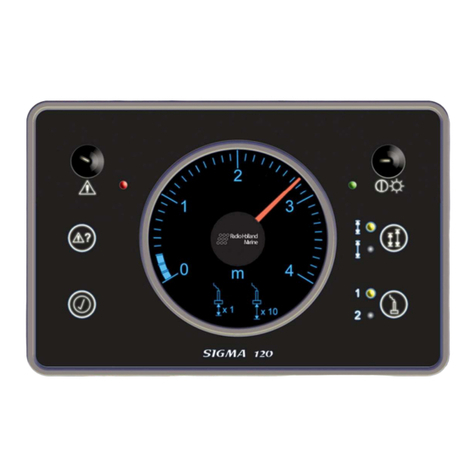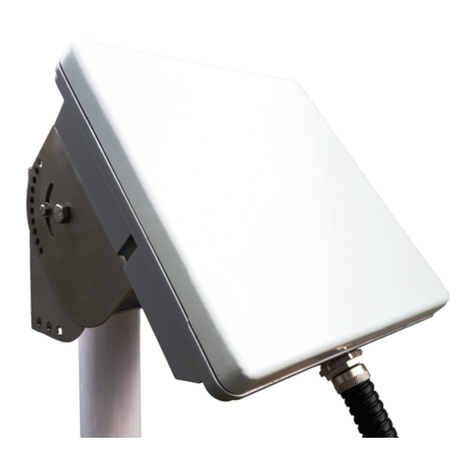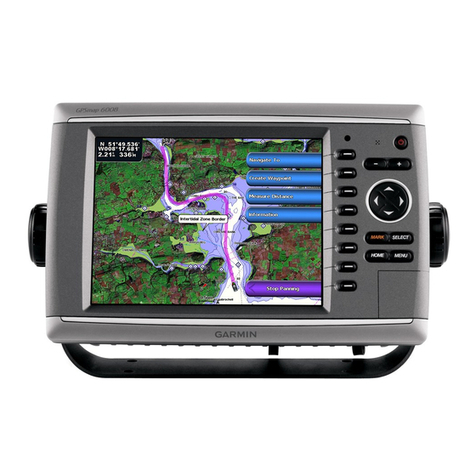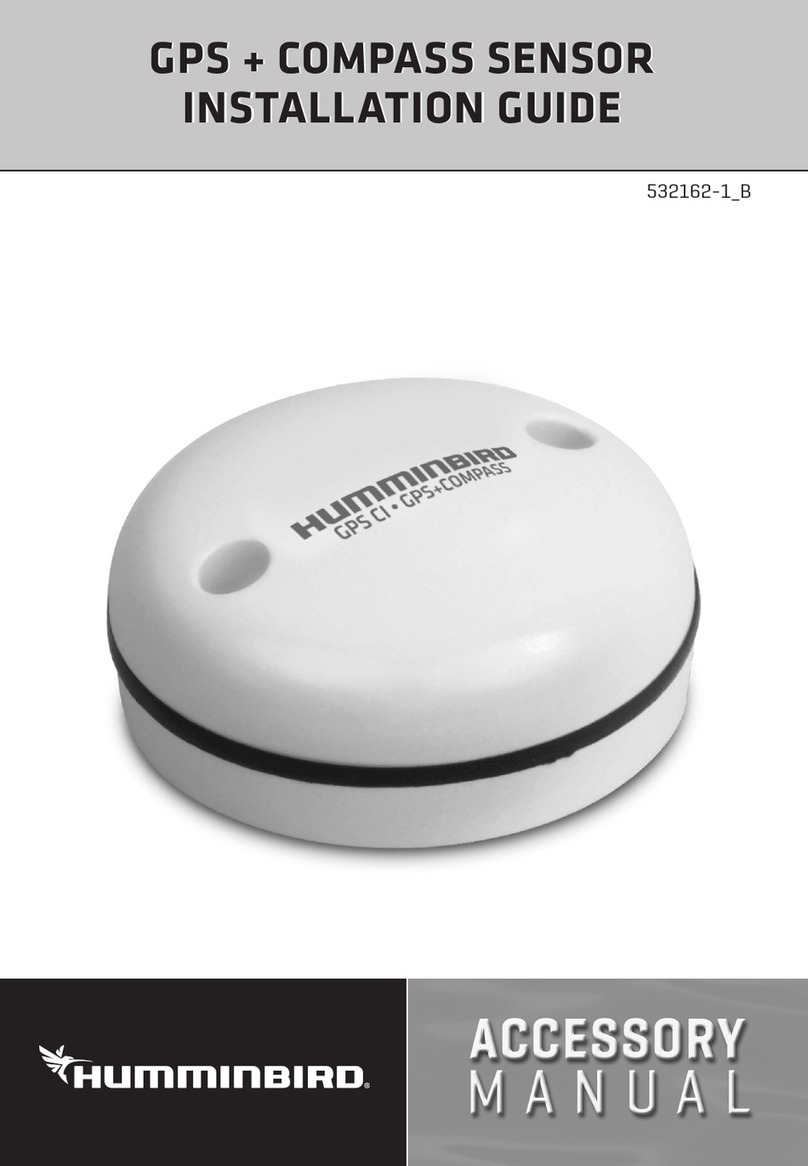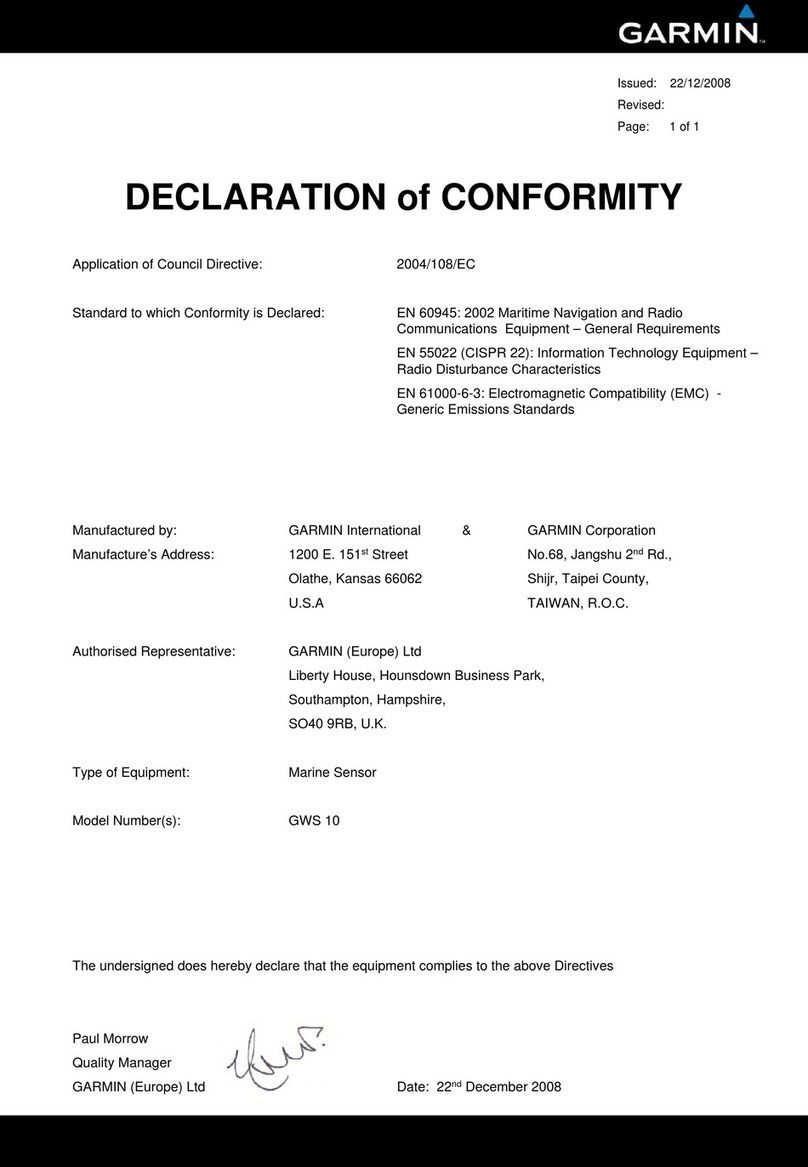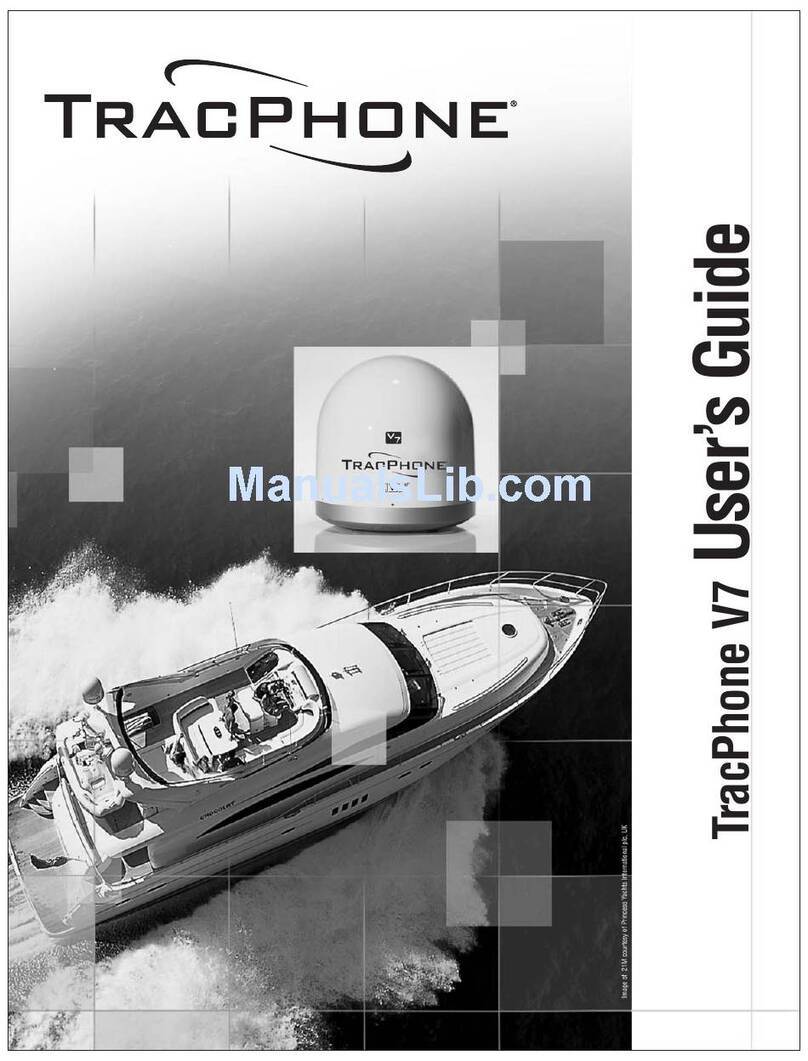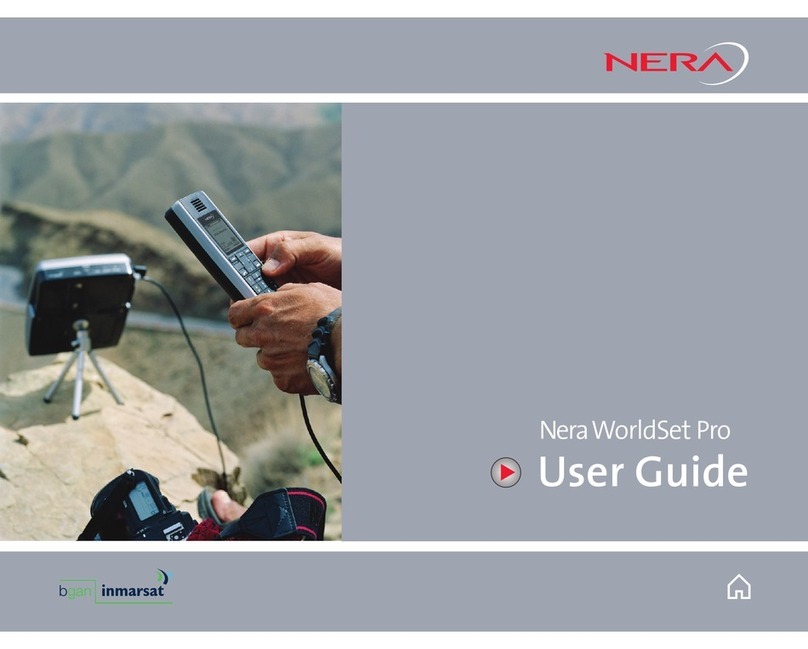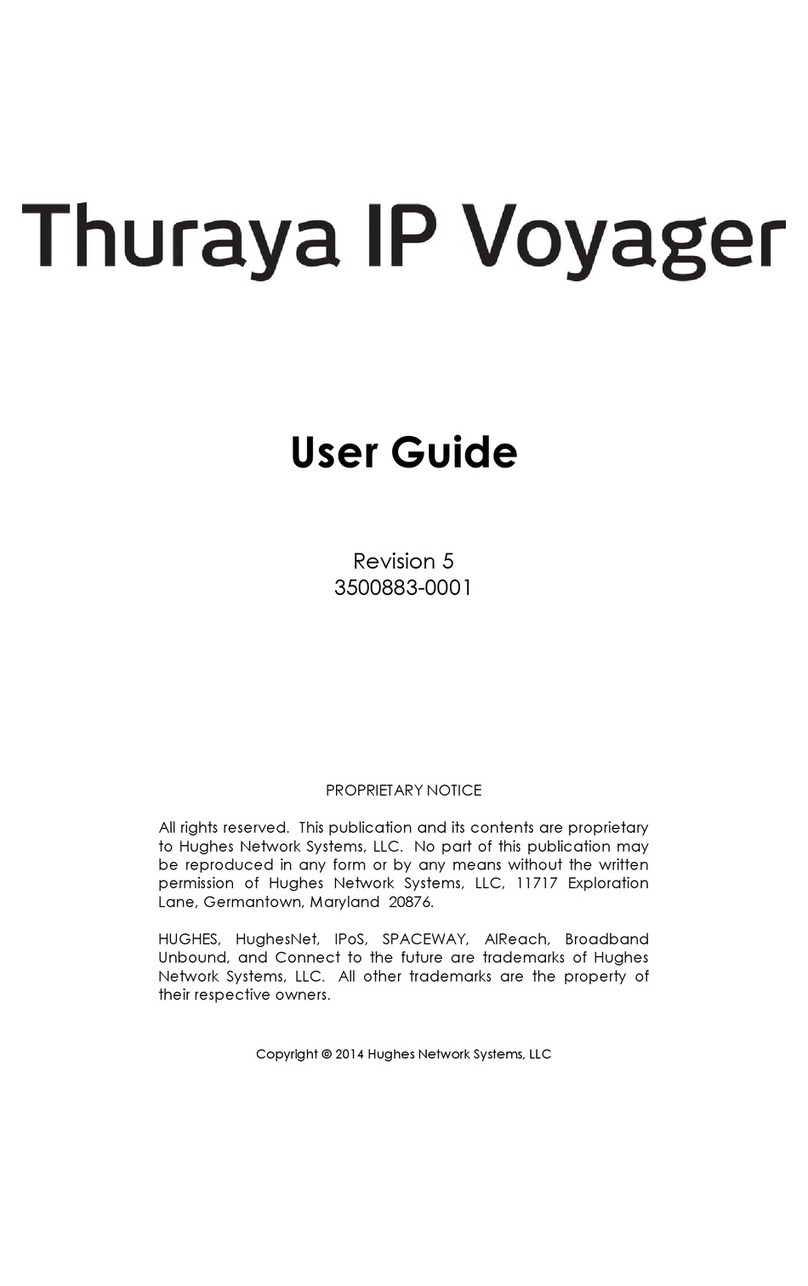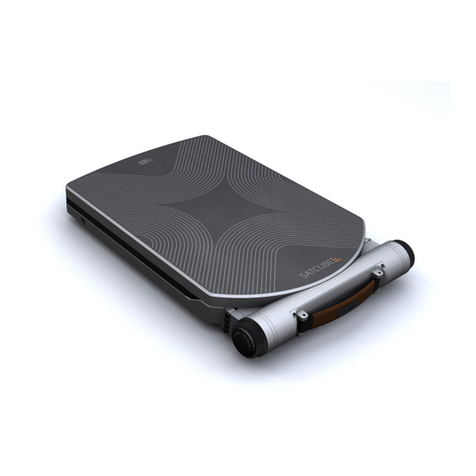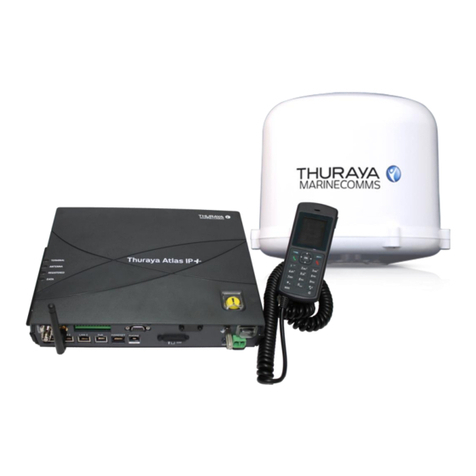
Paradox Marine Technical Support
1 (866) 929-4441 6
Antenna
Location Suggestions
The antenna should be located with an unobstructed, clear view of the sky.
The antenna should be mounted on a flat horizontal surface.
The antenna is able to penetrate fiberglass as long as it is not blocked by any
metal in the vicinity.
Locate the antenna on the highest point possible, free from obstructions and safe
from damage during normal operation of the vessel.
Choose a location that is not near radar installations, other satellite
communication equipment, and/or microwave dishes to prevent RF jamming.
Avoid mounting on extremely hot surfaces.
The antenna will resist water intrusion, but it is suggested that you keep it out of
reach of constant direct spray while underway.
Make sure that the underside of the antenna can be accessed to connect the
antenna cable. About four inches of space is required directly underneath the
antenna to provide space for the connection. Stainless steel Mounting stands are
available for purchase in necessary.
Overview
With the location established it is time mount and connect the antenna. Since the
antenna cable needs to be run throughout the boat, the connector on one end has not been
attached. This helps with the ability to snake the wire. You must attach the connection
on the other end once the wire is run. To attach the connection onto the cable follow the
directions below.
Cable Connection
1. Remove the protective heat shrink from the end of the antenna cable. Thread the
Clamp Nut, Collet, Gland and Body Moulding onto the cable (Figure 5). Make
sure that the locking ring is properly placed on the carrier housing before
